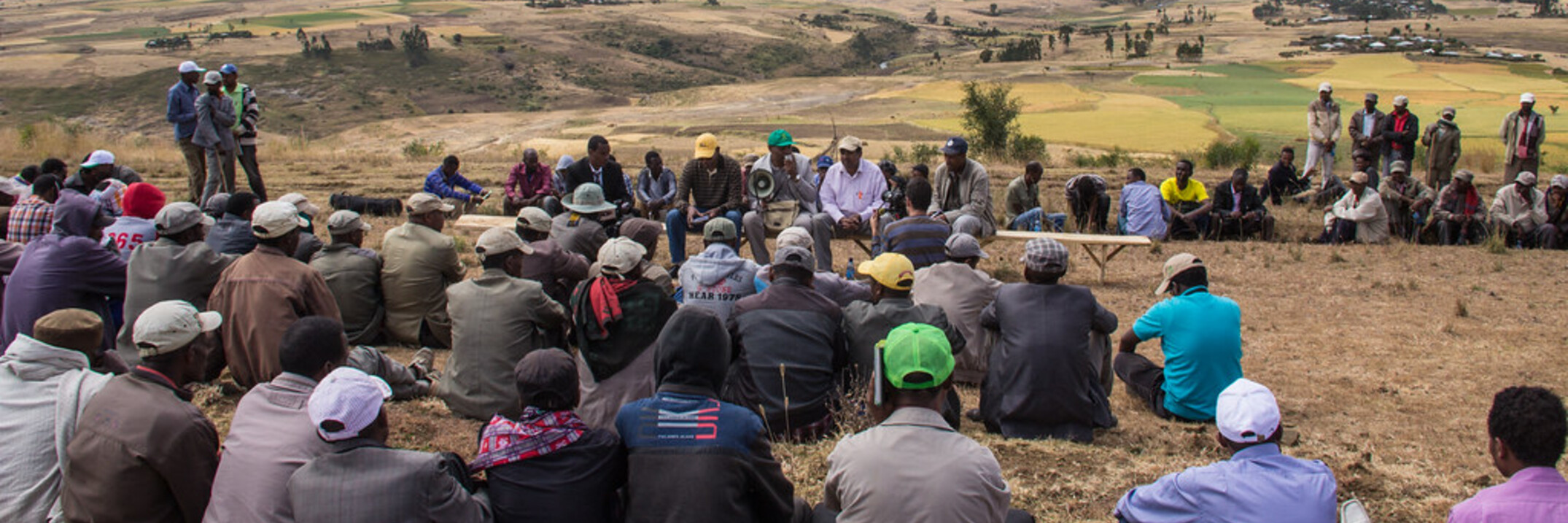Cactus crops are gaining increasing interest across the globe, in particular cactus pear (Opuntia ficus indica), because of its unique characteristics which provide resilience to climate change impact and population pressure. Cactus pear can grow on...


